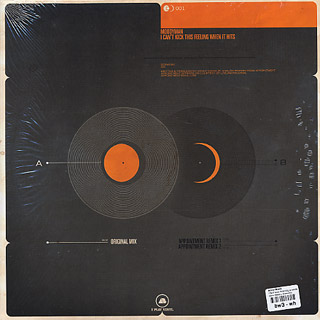
The old school hip hop, with samples-a-plenty, is still existent and riveting on ‘Ill Communication’. If you want the Beasties’ own special brand of funk, there are tonnes of instrumental pieces on the record, some that, sure, are just asking to be slept on, like the almost-miserable ‘Ricky’s Theme’, the wild violin piece ‘Eugene’s Lament’, or ‘Boby on the Corner’ / ‘Sabrosa’, but if you really want to see the songwriting and performance chops of the three in fine form, ‘Futterman’s Rule’ is your tune, with its splashy, thunderous organs impacting the soundscape of the piece, and its huge, expressive chords, changing the dynamic and tone of the song as it rolls along. You want punk? Check out the noisy bombast of second track ‘Tough Guy’, or ‘Heart Attack Man’, when it really kicks in. There’s a mammoth supply of stylistic wizardry on ‘Ill Communication’. ‘Ill Communication’ is a massive fusion of old school hip hop, garage rock, punk rock, jazz rap, and some of that freaky funk we heard in spurts on the album’s predecessor.

The answer – as ‘Paul’s Boutique’ saw the Beasties improve and refine what they’d started with ‘Licensed to Ill’, it seems like the intention with ‘Ill Communication’ was to turn the approach of ‘Check Your Head’ up to eleven.

Always tinkering, 1992’s ‘Check Your Head’ saw the group return to their punk rock roots, while experimenting with a number of other stylistic influences, somehow managing to add even more to their ambitious, artistic growth – so what more could they do with 1994’s ‘Ill Communication’, to continue their aesthetic evolution? This was followed in 1989 by ‘Paul’s Boutique’, which saw a now Rubin-less Beastie combo up their sample game, making one of the most experimental, abstract hip hop records known to man at the time of release. In 1986, New York hip hop trio Beastie Boys released their debut album ‘Licensed to Ill’, a Rick Rubin-produced barrage of sample-heavy rock rap tunes.


 0 kommentar(er)
0 kommentar(er)
